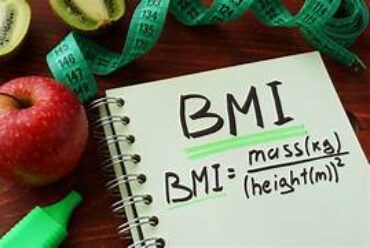SICKLE CELL ANEMIA

SICKLE CELL ANEMIA
- Sickle cell anemia is a group of inherited red blood cell (RBC) dis-order that affects haemoglobin. Ultimately it affects the shape of RBCs.
- RBCs are normally round and flexible so they move easily through blood vessel.RBCs carry oxygen to all part of body.
- But in sickle cell anemia RBCs are shaped like sickle or crescent moon and cells also become rigid and sticky. Hence RBCs stick to inner wall of blood vessel which can slow or block blood flow.
SYMPTOMS
- Sign and symptoms appear around six months of age. They vary from person to person and may change over time. Signs and symptoms include,
- Anemia: Normal life span of RBCs is 120 days but in this disease, sickle cells typically dies in 10-20 days. Without enough RBCs, body cannot get enough oxygen.
- Episodes of pain: Periodic episodes of extreme pain called pain crises are the major symptoms of sickle cell anemia.
- Pain develop when sickle shaped red blood cells block blood flow through tiny blood vessels.
- Swelling of hand and feet: Swelling is caused by sickle shaped red blood cells blocking blood circulation in hand and feet.
CAUSES
- .Sickle cell anemia is genetic disorder. It causes due to alteration in gene that produces normal red blood cells.
- People will have sickle cell anemia who receives this altered (mutated) gene from both the biological parent.
DIAGNOSIS
- Sickle cell anemia can be diagnosed by technique called Hemoglobin electrophoresis or high performance liquid chromatography (HPLC).
- Before birth, testing can be done at 8 to 10 week of pregnancy. This testing involves identification of hemoglobin gene rather than abnormal hemoglobin.
- Frequent infection: Sickle cells can damage the spleen, increasing vulnerability of infection. Infants and Children with sickle cell receives vaccine and antibiotic to prevent to prevent life threatening infection such as pneumonia.
- Vision Problem: Sickle cells blocks tiny blood vessels that supply blood to the eyes can cause plugged retina and lead to vision problem.
- Bacterial Infection: People with sickle cell anemia are at increased risk of bacterial infection caused by St. pneumoniae, H. influenza and non-Typhi Salmonella spp.
- Pulmonary Hypertension: It is probability that 6% to 11% of people with SCA develops pulmonary hypertension.
- Sickle cell anemia mostly affect the people whose origin link with the part of word where malaria is prevalent disease.
CURE AND TREATMENT
- Allogenic stem cell transplantation is the only way to cure sickle cell anemia.
- Hydroxyurea : Hydroxyurea is anticancer drug but now a days it is used in treatment of sickle cell anemia. Studies indicates hydroxyurea cuts acute pain crises by 50%, decreases acute chest pain instances.
- Voxelotor: Voxelotor prevents RBCs with abnormal hemoglobin from becoming sickled cell. It also prevents early destruction of RBCs.
- Other medicines are L-Glutamine Therapy and Crizanlizumab-tmca.








No Comments